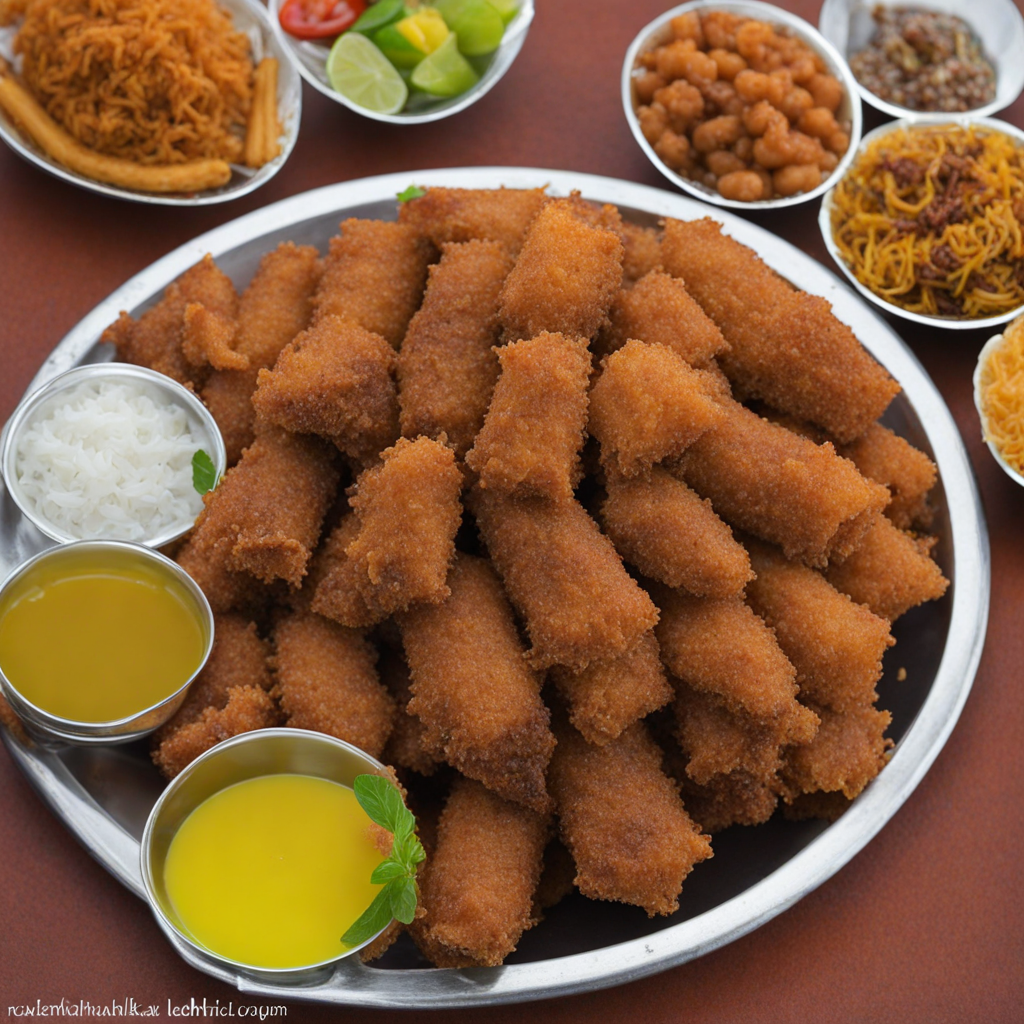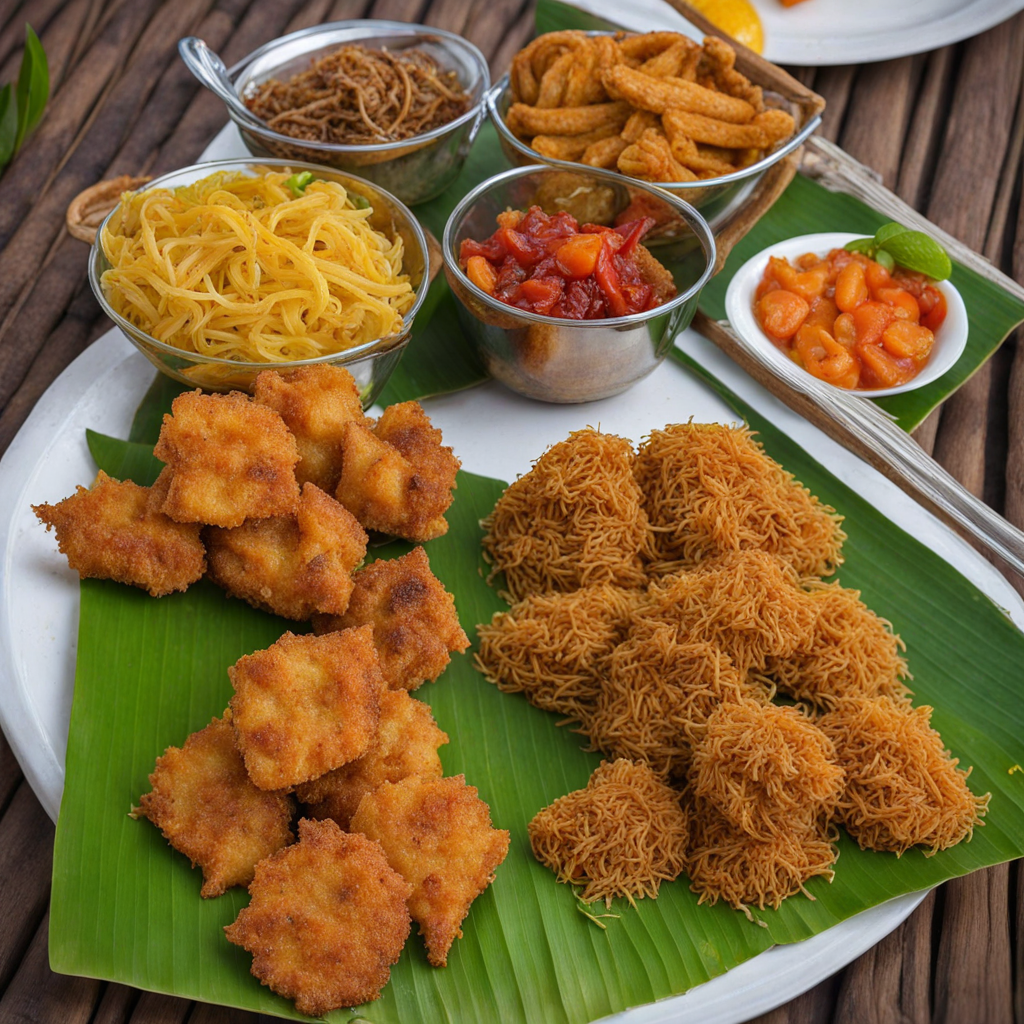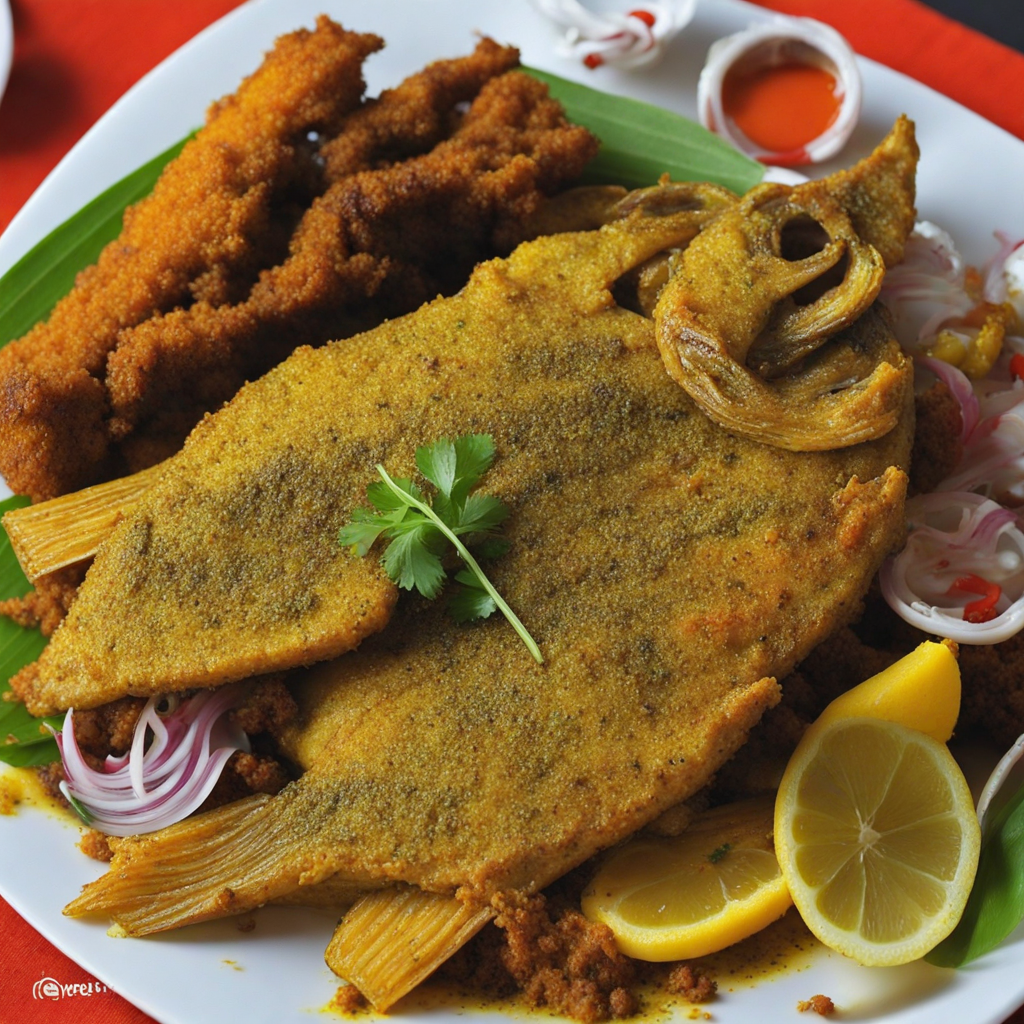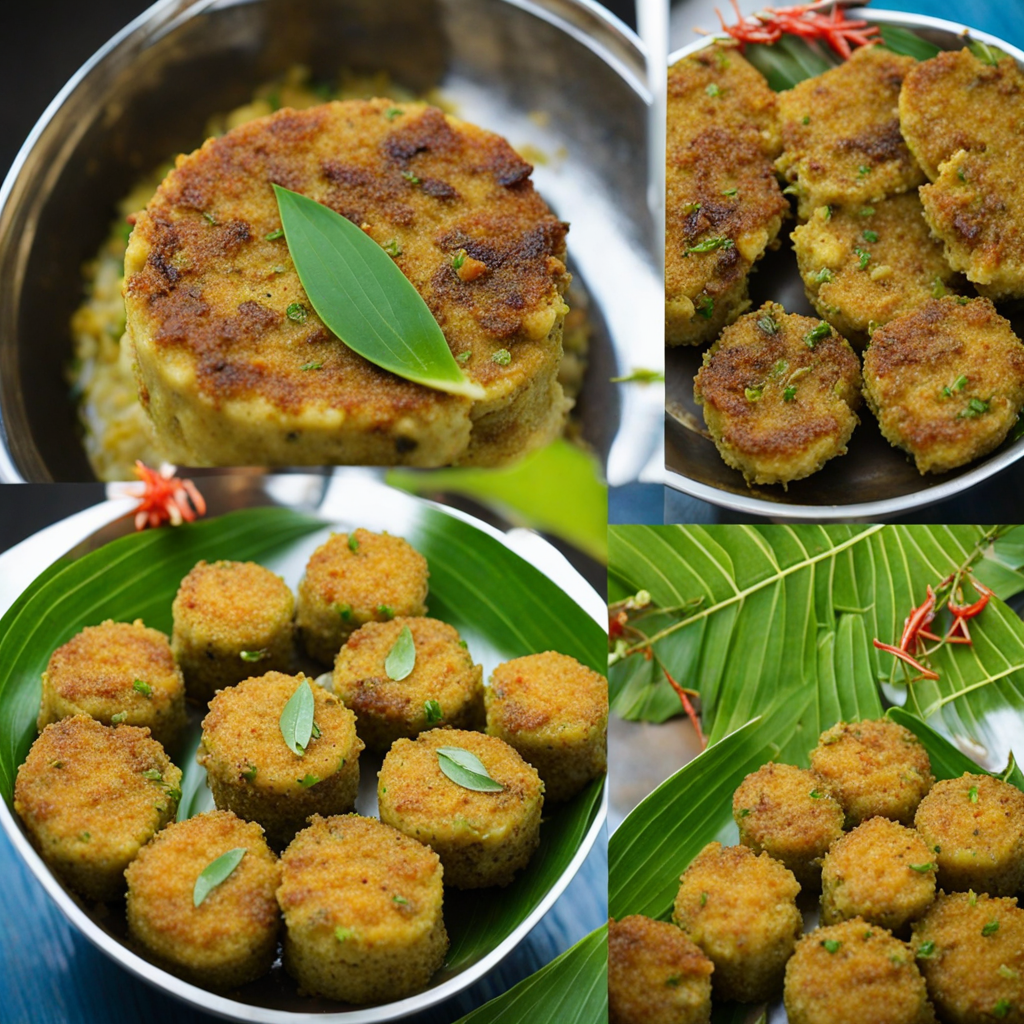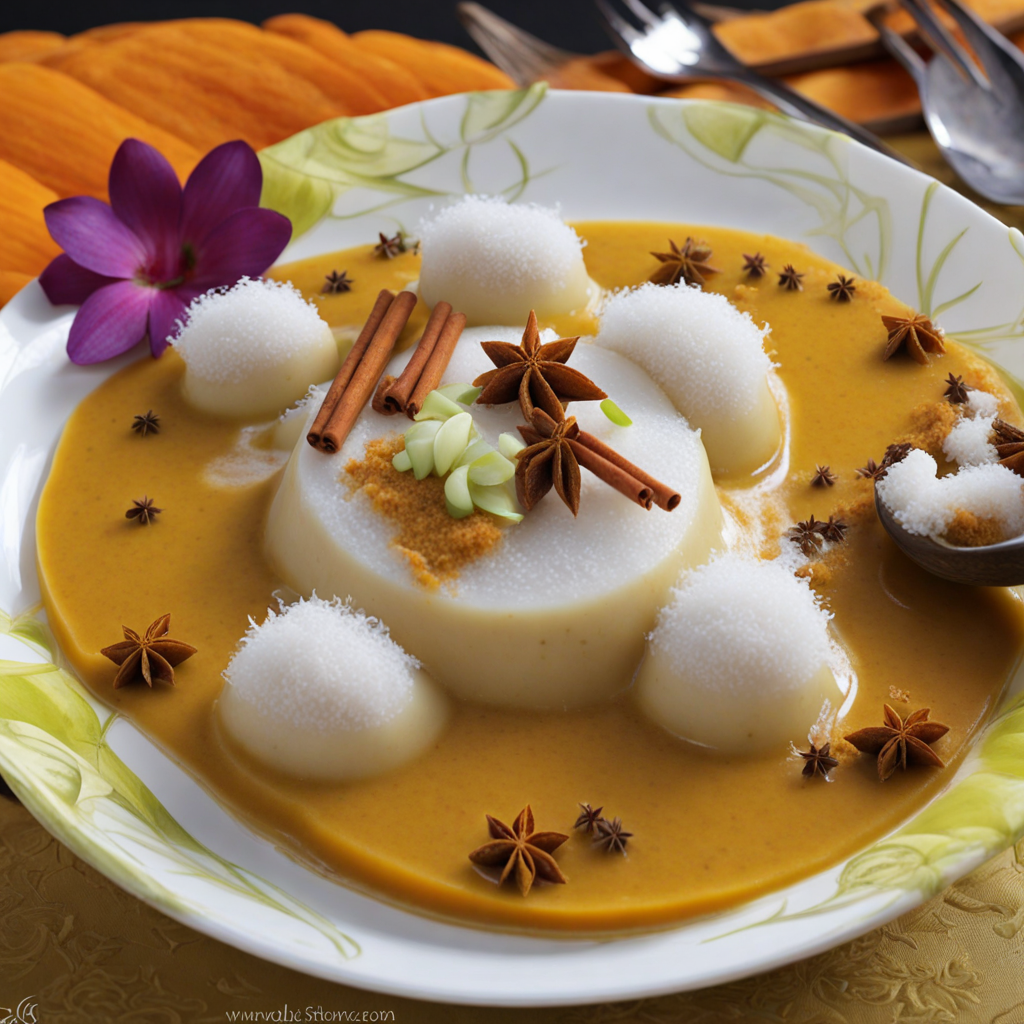Hedhikaa
Hedhikaa, the beloved snack of the Maldives, offers a delightful exploration into the rich culinary heritage of this stunning island nation. These savory bites are often enjoyed during tea time, reflecting the Maldivian culture of hospitality and communal eating. Made with fresh, local ingredients, Hedhikaa showcases the vibrant flavors of the ocean and the land, incorporating staples like fish, coconut, and various spices that tantalize the taste buds. Each piece is a celebration of simplicity and tradition, often beautifully presented in an array of colors and textures that are as pleasing to the eye as they are to the palate. Among the most popular varieties of Hedhikaa are 'Mas Huni,' a delicious blend of tuna, coconut, onion, and chili, typically served with flatbread called 'roshi.' Another favorite is 'Bajiya,' a crisp pastry filled with spiced fish or vegetables, offering a satisfying crunch with every bite. The use of local spices like curry leaves and chili peppers adds depth and warmth to these snacks, making them irresistible for those seeking a taste of the Maldives. Each bite tells a story of the islands' rich fishing traditions and agricultural bounty, encapsulating the essence of Maldivian life. Hedhikaa is not just food; it is a social experience that brings people together. Whether enjoyed at a local café or during a family gathering, these snacks invite conversation and connection. The Maldivian people take pride in their culinary traditions, and Hedhikaa represents a cherished part of their culture. With its unique flavors and inviting presentation, indulging in Hedhikaa is an adventure for the senses, offering a delicious glimpse into the heart of Maldivian cuisine.
How It Became This Dish
The History of ހެދިކާ (Hedhikaa) from the Maldives #### Origin and Meaning Hedhikaa, a term that translates to “snacks” or “short eats” in the Maldivian language of Dhivehi, encompasses a delightful array of traditional Maldivian dishes that reflect the archipelago’s rich cultural tapestry. The Maldives, made up of 26 atolls, has a unique geography that has influenced its culinary practices. The origins of Hedhikaa can be traced back to the islands' early settlers, primarily of South Indian and Arab descent, who brought with them various cooking techniques and flavors that have evolved over centuries. The concept of snacking is not new, and Hedhikaa serves as an example of how food can transcend mere sustenance to become a vital part of social interaction and cultural identity. Traditionally, Hedhikaa would be enjoyed with a cup of tea, particularly during afternoon gatherings, signaling its role in social settings. #### Ingredients and Preparation Hedhikaa is characterized by its usage of fresh, local ingredients, a hallmark of Maldivian cuisine. Fish, particularly tuna, is a staple due to the country's reliance on the ocean for sustenance. Coconut, another primary ingredient, is utilized in various forms—fresh, grated, or as coconut milk—adding a distinct richness to the dishes. Other common ingredients include rice, lentils, spices, and vegetables, all of which reflect the agricultural practices of the islands. Some popular Hedhikaa include: 1. Mas Huni: A traditional dish made of shredded tuna, coconut, onion, and chili, typically served with flatbread called roshi. It is often eaten for breakfast or as a light snack. 2. Bajiya: A savory pastry filled with a mix of fish, potatoes, and spices, deep-fried until golden brown. Bajiya is often a popular choice during festive occasions. 3. Gulha: Small dumplings made of dough filled with fish and spices, then deep-fried. They are often served as appetizers during gatherings and celebrations. 4. Kuli Boakibaa: A spiced fish cake made with the island's staple fish, usually served during celebrations or family gatherings. 5. Fihunu Mas: Grilled fish marinated in spices, showcasing the Maldivians' love for seafood and their mastery of grilling techniques. The preparation of Hedhikaa is often a communal affair, with family members gathering to cook and share stories, thus highlighting its importance in fostering social bonds. #### Cultural Significance Hedhikaa is more than just food; it is a symbol of Maldivian hospitality and community. The tradition of serving snacks during gatherings reflects the Maldivians' warmth and welcoming nature. Whether it be a casual afternoon tea with neighbors or a festive celebration, Hedhikaa is integral to the social fabric of Maldivian life. Festivals and special occasions, such as Ramadan and Eid, see an elevated presence of Hedhikaa, where families prepare elaborate spreads of these snacks to share with friends and relatives. This practice not only strengthens familial ties but also fosters community connections, as sharing food is a universal language of love and camaraderie. Moreover, Hedhikaa can be seen as a reflection of the Maldives’ cultural identity, embodying the blend of various influences that have shaped the islands over centuries. From South Indian spices to Middle Eastern cooking methods, the evolution of Hedhikaa mirrors the historical interactions among diverse cultures that have come to the Maldives, enriching its culinary landscape. #### Development Over Time The evolution of Hedhikaa is intrinsically linked to the socio-economic changes within the Maldives. Historically, the Maldives was a society primarily based on fishing and subsistence agriculture. As the tourism industry burgeoned in the late 20th century, the culinary scene began to transform, with Hedhikaa gaining international recognition. The rise of tourism introduced new flavors and cooking styles, leading to the fusion of traditional Hedhikaa with contemporary culinary trends. Chefs in resorts began experimenting with Hedhikaa, presenting them with a modern twist while retaining their traditional essence. This fusion has led to innovative dishes that appeal to both locals and tourists, bridging the gap between tradition and modernity. Furthermore, the growing awareness of health and wellness has influenced the preparation of Hedhikaa. Many traditional snacks are now being adapted to meet dietary preferences, with an emphasis on fresh ingredients, lower oil content, and the inclusion of more vegetables. This evolution signifies the adaptability of Maldivian cuisine, reflecting broader global trends while maintaining its unique identity. #### Conclusion In conclusion, Hedhikaa is a vibrant representation of Maldivian culinary heritage, intricately woven into the social and cultural fabric of the islands. Its origins reflect the diverse influences that have shaped the Maldives, while its continued evolution speaks to the adaptability and resilience of Maldivian culture in the face of modernity. Whether enjoyed during a quiet afternoon with family or amidst the laughter and chatter of a festive gathering, Hedhikaa remains a beloved tradition that encapsulates the warmth, hospitality, and rich history of the Maldivian people. As the world continues to evolve, so too will Hedhikaa, ensuring that this cherished aspect of Maldivian life endures for generations to come.
You may like
Discover local flavors from Maldives


